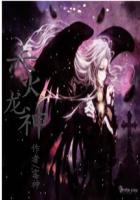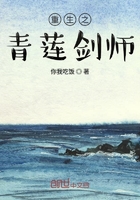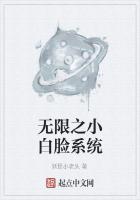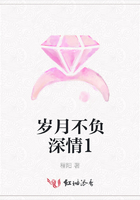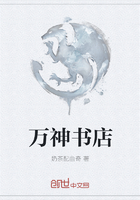"Teacher has been showing us today," said Fred, "how well the fish is fitted in every way for its life in the water. He showed us the herring again, and made us notice how the very shape of its body helps its movements. It is big in the middle and tapers to a sharp point both ways. It is just the shape to enable it to cleave its way through the water with the greatest ease.""I remember the bird"s body is built on much the same plan," said Norah, "and for the same purpose." "He next showed us the backbone of a herring, and broke the little bones in it apart to let us seehow they are joined to each other. Each little bone has a hollow socket on both sides, and they are joined by the rim of one socket fitting closely to therim of the next, so as to form a hollow ball between the two. "I"ve got a backbone like it here.
Look at it while I separate the bones, and you will understand it all. It is quite different from the backbone of the snake, the bird, or the rabbit.
It makes the body of the fish very flexible; it can turn and twisteasily in the water."
"Yes, but how does the fish move along?" asked Norah. "It has neither legs nor wings. It has no limbs of any sort.""That"s just what I am coining to next," said Fred. "If you look at a herring you will see several pairs of fins. First there is a pair, one on each breast, just behind the gills. These are the breast fins.
"Then there is another pair on the under part of the body-the belly fins. Teacher says these four answer to the four limbs of land animals.
"Besides these there is generally a large fin on the back, and one more under the body near the tail.""But the largest and most important of all is the broad upright fin at the end of the body. This is the caudal fin or tail fin.""But why is this one the most important, Fred?" asked Norah.
"Well, it is this tail fin that really does the work of moving the fish through the water," said Fred. "The others are useful to balance the body and guide it as it moves."SUMMARY
The shape of its body, pointed both ways, helps the ?sh in its movements. The separate bones of the backbone have little hollow cups, or sockets, on both sides. The edges of the cups ?t together ; this makes the body very ?exible. The ?sh uses its tail as its propeller, to move it through the water. The other ?ns are to balance its body.
Lesson 38







